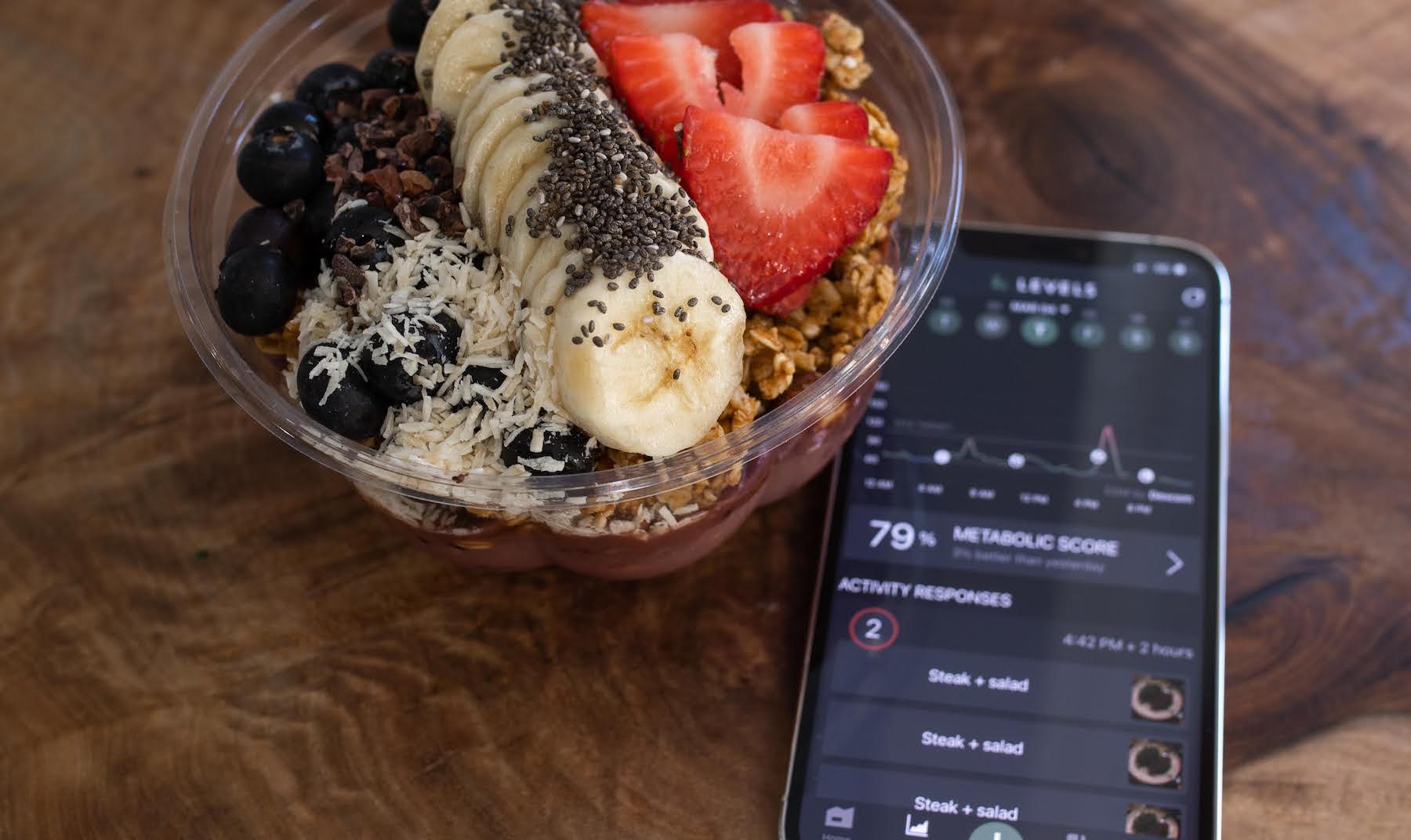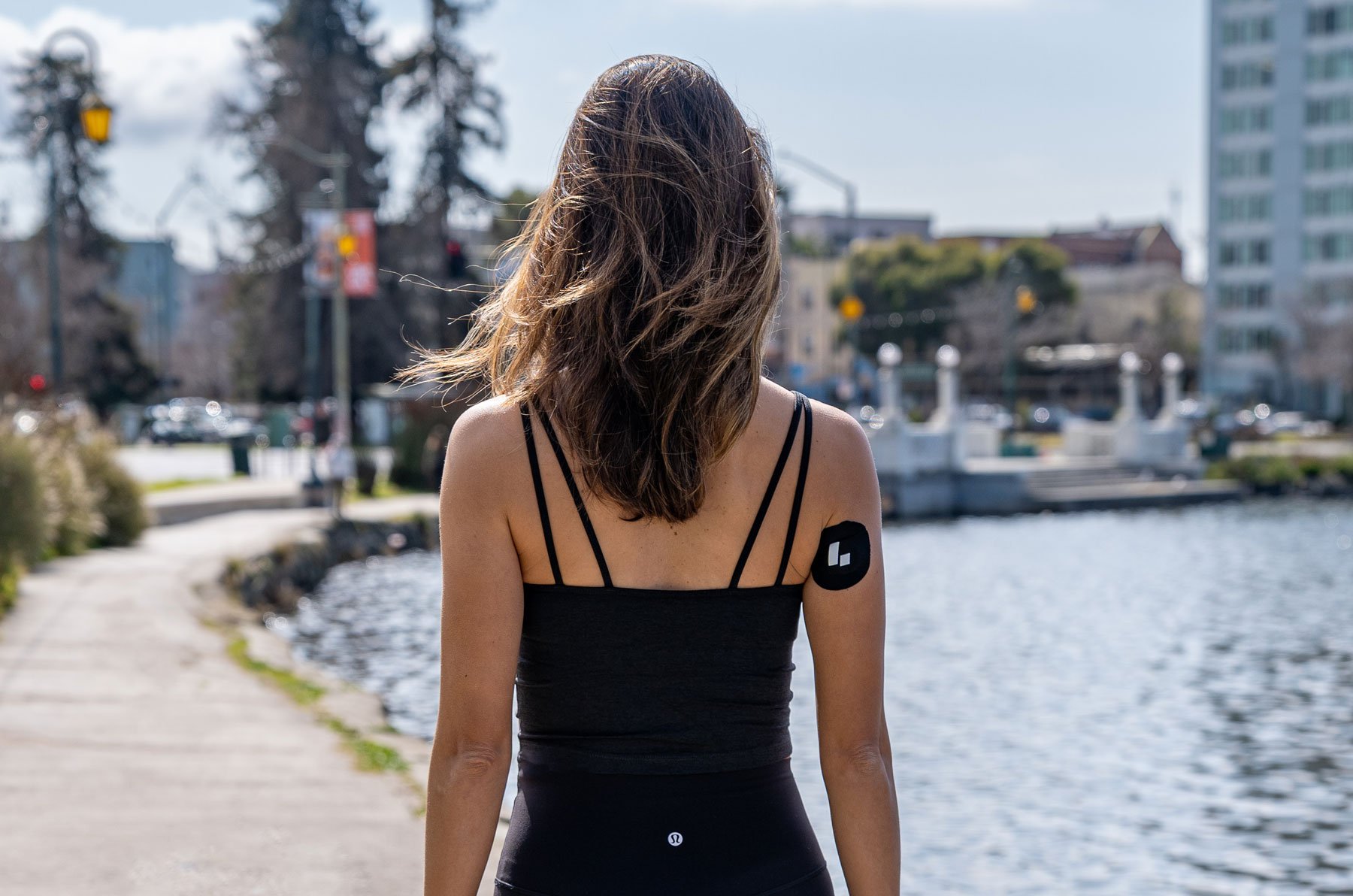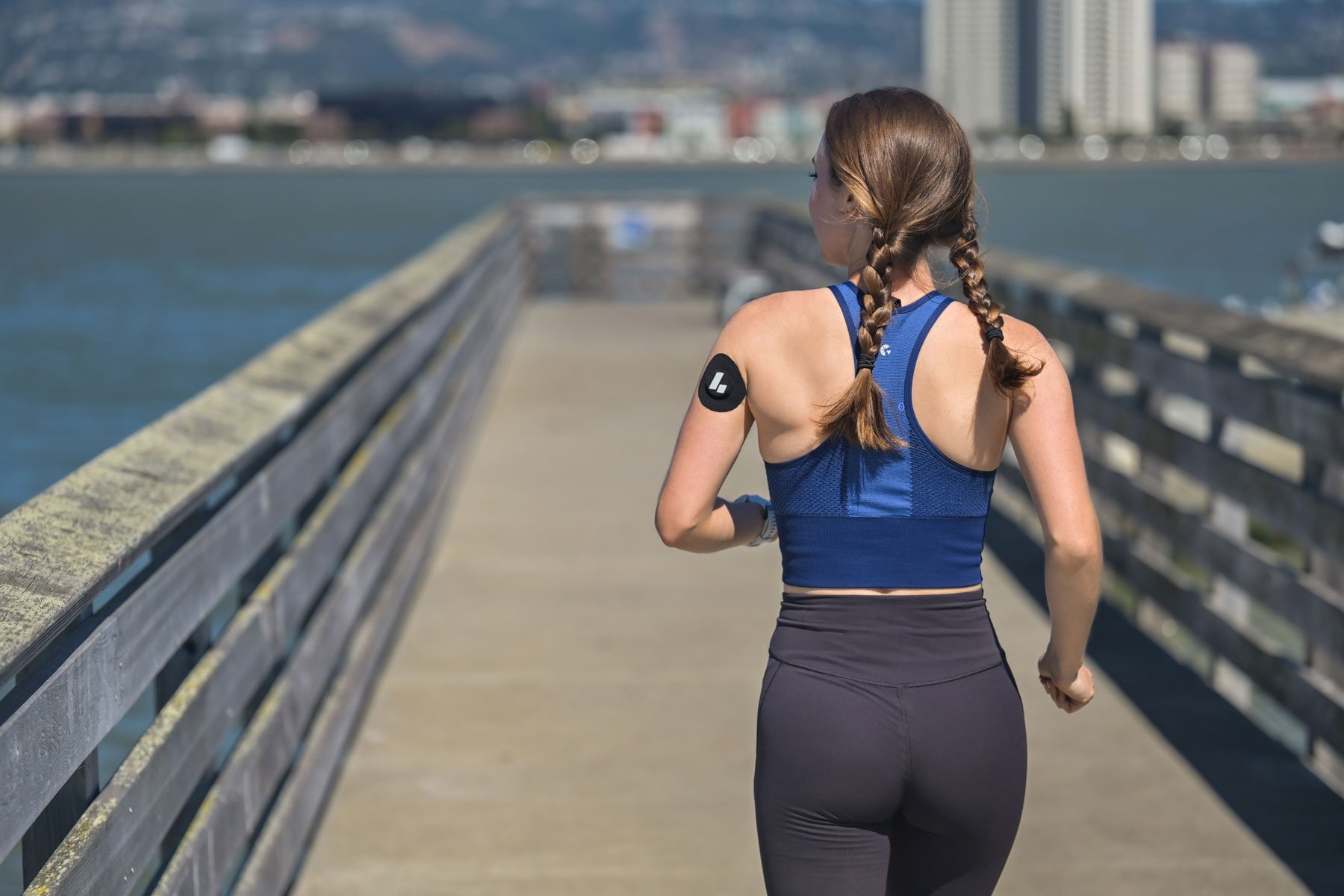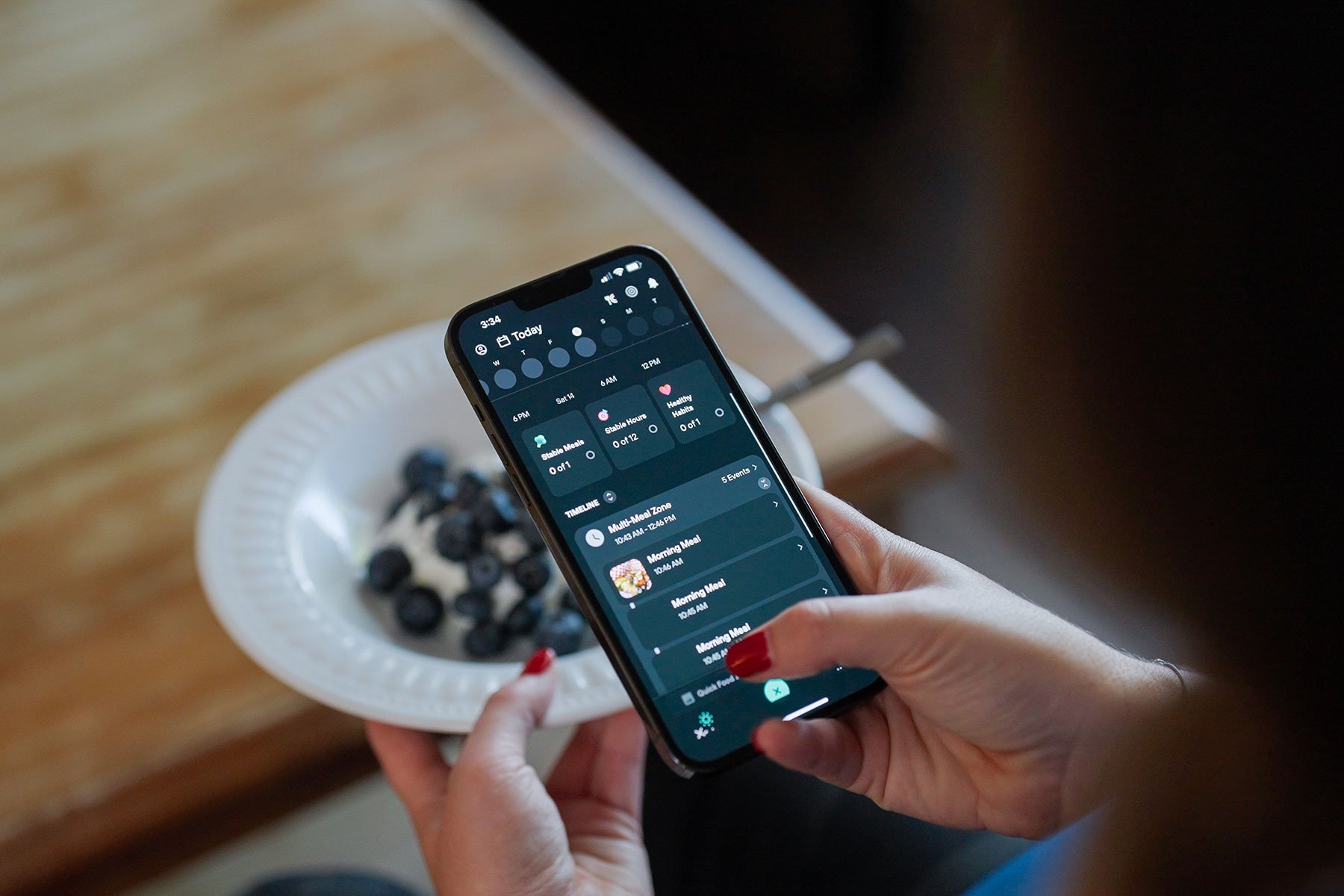Most people use Levels and CGM primarily to find foods that produce a stable glucose response so they feel better and reduce their long-term health risks. So it’s alarming and confusing when you eat one of those previously stable meals and suddenly see a more significant spike and a worse Meal Score in your app. What gives?
If you’ve ever experienced this frustrating scenario, you’re not alone—most members have. That’s because many factors beyond the food on your plate can influence how your body responds to the same meal.
Here are 10 key reasons why you might see different glucose patterns day to day or month to month, even when you’re eating the exact same thing:
- The time of day
- Your sleep the night before
- Your stress level
- When you last exercised, and how hard
- Your menstrual cycle and hormonal fluctuations
- Your current gut microbiome
- Medications you’re taking
- When you put the sensor on
- You have a different sensor on
- Your CGM reading is off
1. The time of day
Believe it or not, when you eat can be just as important as what you eat. Our bodies have an internal clock, known as the circadian rhythm, that regulates various processes, including glucose metabolism and insulin sensitivity. Research shows that our insulin sensitivity is typically highest in the morning and decreases as the day progresses.
In one study, healthy adults who ate the same meal at 10 pm experienced an 18% higher blood sugar spike than when they ate it at 6 pm. This result suggests that consuming larger meals earlier in the day when our bodies are better equipped to handle glucose may benefit blood sugar control.
Be sure to log your meals in the Levels app so you can compare your meal times.
2. Your sleep the night before
A good night’s sleep is essential for many aspects of health, including blood sugar regulation. Even short-term sleep deprivation can lead to increased insulin resistance and impaired glucose tolerance. One study found that after just six nights of sleeping four hours per night, healthy young men had metabolic profiles similar to those seen in people with prediabetes. Another recent study found that even poor quality sleep or varying your bedtime can impact glucose response the next day.
Poor sleep is thought to disrupt the balance of hormones like cortisol, growth hormone, and ghrelin, which can contribute to higher glucose levels and reduced insulin sensitivity. Prioritizing consistent, high-quality sleep is crucial for maintaining stable blood sugar.
The Levels app will import your sleep data so when you see a different response, you can see if you got less sleep the night before.
3. Your stress level
Stress can also wreak havoc on your blood sugar. When you’re under stress, your body releases hormones like cortisol and adrenaline, which can cause your blood sugar to rise. This effect surprises many Levels members who puzzle over an unexpected spike, only to realize they had just had a tough talk with their boss, or given a presentation, or gotten stuck in traffic. (Even a cup of coffee can raise cortisol levels for some people, which can increase glucose.)
Chronic stress can also lead to insulin resistance over time, making it harder for your cells to respond to insulin and remove glucose from your bloodstream. If you’re seeing changes in your response over a long period, ask yourself if you’re in a prolonged state of higher stress now than before.
4. When you last exercised, and how hard
Exercise is a powerful tool for improving insulin sensitivity and glucose control, but the timing of your workouts can influence your glucose response.
When you exercise, your muscles become more sensitive to insulin and increase glucose uptake from the bloodstream. This effect can persist for several hours post-workout. So, if you ate a meal and then went for a brisk walk or did a quick strength training session, you might see a gentler glucose response than eating the same meal and remaining sedentary.
The Levels app will import your workout data so you can use it in comparing your meal responses. Look at the duration, intensity, and timing of your workout in relation to your meal.
5. Your menstrual cycle and hormonal fluctuations
For women, hormonal changes throughout the menstrual cycle can influence insulin sensitivity and glucose metabolism. Insulin resistance tends to be higher during the luteal phase (the second half of the cycle) compared to the follicular phase (the first half).
This means that eating the same meal during different phases of your cycle could yield different glucose responses. Hormonal shifts during perimenopause and menopause can also impact blood sugar control.
6. Your current gut microbiome
The trillions of bacteria living in your gut are crucial to metabolic health. An imbalance or lack of diversity in the gut microbiome has been linked to impaired glucose control and insulin resistance.
Certain beneficial bacteria produce short-chain fatty acids (SCFAs) that help regulate glucose metabolism and improve insulin sensitivity. If your microbiome is disrupted, perhaps due to stress, illness, or a course of antibiotics, you may see different glucose responses to your usual meals. Supporting your gut health through a diverse, fiber-rich diet and other lifestyle factors can help promote more consistent blood sugar control.
7. Medications you’re taking
Certain medications can directly impact blood glucose levels, leading to unexpected spikes or drops. Corticosteroids can impair insulin synthesis and stimulate glucose production, resulting in elevated blood sugar. Beta-blockers may reduce insulin sensitivity by interacting with pancreatic nerve cells. Antipsychotics can interfere with appetite-regulating neuropeptides, leading to overeating and weight gain, and may also affect insulin secretion and sensitivity. Antibiotics may disrupt the balance of short-chain fatty acids in the gut, which play a role in glucose regulation. Some birth control can raise glucose sensitivity, and medications like Adderall may raise glucose itself.
If you’re taking medications and notice unusual glucose responses, discuss your concerns with your healthcare provider. They can help you weigh the benefits and risks of your treatment plan and make adjustments if necessary.
8. When you apply the sensor
CGMs require a warm-up period to calibrate their readings to your body. Although that period is only 30-60 minutes, it’s normal to see 10-20 mg/dL points of variability during the first 24-48 hours. However, we’ve seen that when you apply the sensor can make a difference in minimizing that variability. We recommend applying the CGM in the morning and in a fasted state. Avoid eating and intense exercise before and during the 30-60 minute warm-up and try to eat a stable breakfast. This should allow for a much smoother calibration.
9. You have a different sensor on
Another factor that can contribute to different glucose responses is the variability between CGM sensors and brands. A study published in the American Journal of Clinical Nutrition found that wearing two different CGM brands simultaneously (a Freestyle Libre and a Dexcom G6) showed greater discrepancies in glucose data compared to wearing two of the same brand (two Freestyle Libres). The coefficient of variation (CV) for the two-hour post-meal glucose levels was 12.5% between different brands.
Furthermore, even when comparing two of the same CGM brand, readings can vary. The study found that for standardized meals, the CV between two Freestyle Libres was 3.7%, and for ad libitum meals (those eaten during everyday life), the CV was slightly higher at 4.1%. Many Levels members see even greater variation between sensors. (Note that it is possible to calibrate your sensor to improve accuracy.)
While these variations are generally minor enough to allow for reliable meal comparisons and pattern recognition, it’s essential to know that no two CGM sensors will provide identical readings. When interpreting your glucose data, focus on overall trends and patterns rather than minor differences between individual readings or comparing values across sensor brands.
10. Your CGM reading is off
Sometimes, what appears to be an unexpected glucose response may be a false reading from your CGM. Factors that can interfere with CGM accuracy include acetaminophen, which can cause a chemical reaction mistakenly detected as glucose; high levels of vitamin C from supplements, which can cause electrochemical interference; salicylic acid, which may lower glucose readings by spurring insulin secretion; pressure-induced low sensor readings from sleeping on the sensor arm or leaning against a surface; and extreme temperatures, humidity, and sweat.
Why these factors impact your Meal Score
The primary determinant of your Levels Meal score is your glucose response. While the app also considers macronutrients and healthy characteristics of your meal, those only nudge your score by a point or less. In factoring your score, we’re mostly looking at the height of the spike from baseline, slope (how quickly it rises), and area under the curve (total glucose rise) of your glucose response.
Your glucose response depends mainly on your current levels of insulin sensitivity—the body’s ability to respond effectively to the hormone insulin. When you eat carbohydrates, your body breaks them down into glucose, which enters your bloodstream. In response, your pancreas releases insulin, which acts like a key to unlock your cells and allow glucose to enter, where it can be used for energy or stored for later.
However, if your body becomes less sensitive to insulin (insulin resistant), glucose can’t enter your cells as easily, leading to higher blood sugar levels. This is where the factors mentioned above come into play. For example, sleep deprivation has decreased insulin sensitivity by altering the balance of hormones like cortisol and growth hormone, which can interfere with insulin signaling.
Stress also plays a role in insulin resistance. When you’re under stress, your body releases cortisol, reducing insulin sensitivity and prompting your liver to release more glucose into your bloodstream. Over time, chronic stress can lead to persistently elevated cortisol levels, contributing to long-term insulin resistance.
Other hormones and physiological processes can also impact glucose metabolism:
- Glucagon: Produced by the pancreas, glucagon works opposite to insulin, promoting the release of glucose from the liver into the bloodstream. An imbalance in the ratio of insulin to glucagon can contribute to high blood sugar.
- Incretins: These gut hormones, including glucagon-like peptide-1 (GLP-1) and glucose-dependent insulinotropic polypeptide (GIP), stimulate insulin secretion and reduce glucagon release in response to eating. Impaired incretin function has been linked to insulin resistance and Type 2 diabetes.
- Inflammation: Chronic low-grade inflammation, caused by factors like obesity, poor diet, and sedentary behavior, has been shown to contribute to insulin resistance by interfering with insulin signaling pathways.
The Bottom Line
If you’ve ever been puzzled by a glucose spike after eating a meal that usually yields a gentler response, remember that many factors beyond food composition can influence your body’s glucose control. Meal timing, sleep, stress, exercise, hormones, gut health, and individual characteristics all play a role, mainly by impacting insulin sensitivity and other physiological processes involved in glucose metabolism.
The best approach is to remember that the scores and numbers are only a tool to help you focus on maintaining an overall healthy lifestyle. They’re feedback, not judgment. If you get an outlier score, consider the factors above to increase your understanding of your metabolism. By tuning into your body’s unique patterns and needs, you’ll be better equipped to make choices that keep your blood sugar stable and your energy levels high.
 Want to learn more about your glucose responses?
Want to learn more about your glucose responses?
Levels, the health tech company behind this blog, can help you improve your metabolic health by showing how food and lifestyle impact your blood sugar. Get access to the most advanced continuous glucose monitors (CGM), along with an app that offers personalized guidance so you can build healthy, sustainable habits. Click here to learn more about Levels.

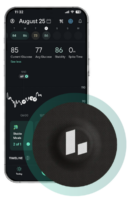 Want to learn more about your glucose responses?
Want to learn more about your glucose responses?